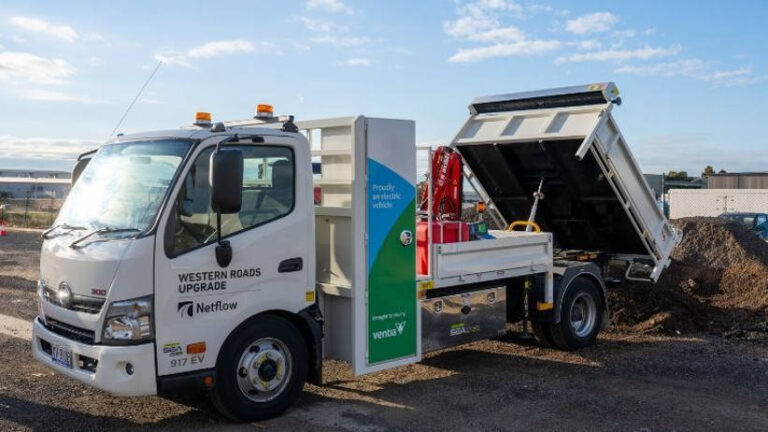The commercial vehicle market is laden with terminology that can be confusing to the uninitiated. So Fleet HV News thought we would provide some brief definitions of the main ones to help fleet managers.
Disclaimer: This article has been refined several times since it was first published in 2017 based on reader feedback. The latest changes were made in August 2020. Users of this information need to made their own checks and validations to determine its accuracy. Fleet Auto News provides the explanations below as information only.
- LCV – Though LCV is used for Light Commercial Vehicles, it does have different meanings around the world. The generally accepted meaning is utility vehicles, vans, cargo vans and light trucks with a gross vehicle mass (GVM) over one tonne (1000 kg) and less than 3.5 tonnes (3500KG) without a payload.
- GVM – Gross Vehicle Mass – This is a manufacturer’s rating that stipulates the maximum total weight of a vehicle and its load (excluding any trailers and trailer load and including occupants, fuel and other incidental items plus, where applicable, drawbar weight and or applied turntable load) that the vehicle is engineered to carry as it hits the road. Also sometimes referred to as GVW (Gross Vehicle Weight).
- Payload – This represents the total weight of cargo and any other item that is carried by a vehicle. It can be derived by subtracting the weight of the cab chassis and any fitted body type from a vehicle’s GVM.
- TARE weight – Sometimes called unladen weight, is the weight of an empty vehicle or container. By subtracting it from the gross weight (GVM), the weight of the goods and other items carried (payload) may be determined.
- Wheelbase – distance between front and rear axles. Note: That where multiples of axles are used, this becomes the distance from the front axles centre to the centre of the read axle combination of the vehicle (excluding trailers).
- Kerb weight – The kerb weight is the weight of the basic cab and chassis before any specific body has been added. Note: Opinions vary on this calculation, some people add back the liquids (fuel etc) to be safe.
- Cab-chassis – The basic vehicle before body type is added – Includes cab, chassis, engine, transmission, driveline etc.
- Drawbar weight – The down force (load) exerted on the tow bar of the towing vehicle by the laded towed vehicle (trailer).
- Applied turntable weight – The downforce (load) exerted on the turntable of the towing vehicle by the laded tower vehicle (trailer).
- GTM – Gross Towing Mass – The total weight of a trailer and its load. Note: That when adding all item weights to determine the GCM, the drawbar weight, and or the applied turntable weight, should not be double counted.
- GCM – Gross Combination Mass – The total weight of a vehicle and its load plus any equipment, trailer, and its load. This is commonly the sum of the GVM and the GTM but is not always the case. The manufacturer’s GVM should never be exceeded.






